COVID-19
Ivermectin and Molnupiravir: How does the widely used drug compare to the new drug in treating Covid-19?
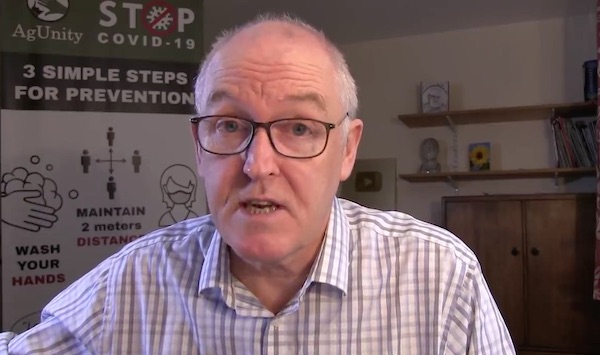
John Campbell has been making videos to teach common people about the world of medicine for over 20 years. After a career of teaching nurses, Campbell discovered a real need for medical information described in a way most anyone can understand. In the nearly two years that John Campbell has been making videos explaining information about covid his viewership has exploded, commonly reaching hundreds of thousands and even millions of views. People around the world have expressed a thirst for knowledge about the latest information around covid from a trusted source.
You can see a list of John Campbell’s videos here.
A number of weeks ago, John Campbell released this presentation. It’s a comparison of a drug that has been widely used but also widely criticized in treating covid around the world, with a new drug which is expected to soon gain widespread approval. Despite the success of Ivermectin, an inexplicable wave of opposition has resulted in a miserable failure by public health and politicians to adopt this extremely safe and effective treatment. While that’s extremely frustrating, it does appear Molnupiravir is on the fast track to approval. Molnupiravir may be slightly less effective and astronomically more expensive than Ivermectin, it should be effective enough to reduce the fear surrounding the virus that has killed so many. With the reduction of fear citizens should be able to expect restrictions around masks, and movement, and businesses to become voluntary. A successful treatment should also allow governments to back off mandates around vaccinations in favour of a voluntary approach. Could the end of the divisive restrictions finally be on the horizon? This video contains some of the most exciting and promising news to come since the beginning of our covid disaster.
Here’s a look at Ivermectin compared with Molnupiravir. Hopefully our public health officials and political decision makers are paying attention.
COVID-19
Top COVID doctor given one of Canada’s highest honors
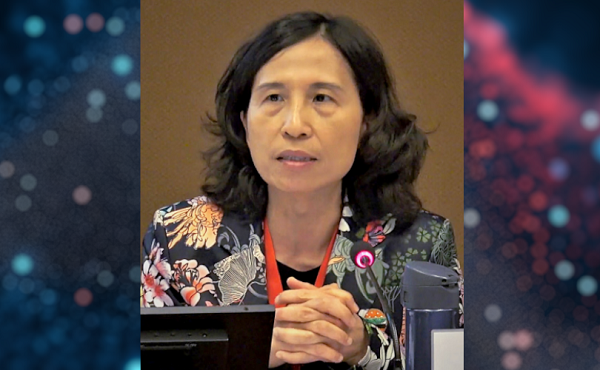
From LifeSiteNews
Dr. Theresa Tam received the Order of Canada for her controversial COVID-19 response as the nation’s chief public health officer.
Canada’s former top medical advisor, known for her promotion of masking and COVID vaccines, has received one of Canada’s highest honors.
On June 30, Governor General Mary Simon awarded Dr. Theresa Tam, Canada’s former Chief Public Health Officer (CPHO), the Order of Canada award for her work implementing dangerous COVID regulations, including masking and experimental COVID shots.
“For decades, Theresa Tam has striven to advance global and national public health as a pediatric infectious disease specialist and public servant,” the press release read.
“Her tenure as Canada’s chief public health officer has been characterized by her commitment to health equity and highlighted by her leadership role in the country’s response to the COVID-19 pandemic,” it continued.
The award, given to Canadians who have made extraordinary contributions to the nation, is Canada’s second-highest civilian honor.
Tam’s reception of the award comes just weeks after she stepped down as CPHO, ending her eight-year tenure in the position.
In the early months of 2020, Tam became well-known by Canadians for leading the country’s response to the COVID “pandemic” and pushing arbitrary and dangerous regulations.
Initially, Tam assured Canadians that masking was unnecessary, ineffective, and could even pose health threats.
However, shortly after, Tam changed her policy, telling Canadians that they should even wear masks during sex, a practice which has not been proven to be effective in preventing the spread of COVID and can cause myriad health issues.
Additionally, Tam promoted experimental COVID vaccines for Canadians as young as six months old despite having no long-term studies on its effects and an extensive amount of research proving the dangers of the experimental COVID mRNA jabs that include heart damage and blood clots.
In 2022, after thousands of Canadians reported adverse effects from the vaccine, Tam announced that the federal government was reviewing all federal COVID vaccine mandates, claiming that Canada’s Public Health Agency has never outright endorsed mandatory vaccination.
Tam’s remarks come after more than 1,000 federal workers have been suspended without pay because they chose not to get the COVID jabs or disclose whether they had them per the Privacy Act.
The Order of Canada was also awarded to British Columbia Provincial Health Officer Bonnie Henry, who is known not only for her heavy-handed COVID response, but also for promoting drug use throughout the province.
In 2023, hundreds of British Columbia health care workers sued Henry for ongoing COVID shot mandates preventing them from working. Under Henry, vaccine passports were implemented which required residents to show digital proof of vaccination to enter gyms, restaurants, and other “non-essential” facilities.
Henry also pushed the experimental and dangerous vaccine on children as young as five, despite that fact that clinical trials would not be completed for another two years.
Additionally, in 2024, Henry recommended that British Columbia expand its “safe supply” program to legalize fentanyl and heroin, despite evidence that the program is not working and has worsened the provinces drug crises.
COVID-19
New Peer-Reviewed Study Affirms COVID Vaccines Reduce Fertility

Here’s what the numbers reveal, and what it could mean for humanity
What was once dismissed as a “conspiracy theory” now has hard data behind it.
A new peer-reviewed study out of the Czech Republic has uncovered a disturbing trend: in 2022, women vaccinated against COVID-19 had 33% FEWER successful conceptions per 1,000 women compared to those who were unvaccinated.
A “successful conception” means a pregnancy that led to a live birth nine months later.
The study wasn’t small. It analyzed data from 1.3 million women aged 18 to 39.
Here’s what the numbers reveal, and what it could mean for humanity.
First, let’s talk about the study.
It was published by Manniche and colleagues in the International Journal of Risk & Safety in Medicine, a legitimate, peer-reviewed journal respected for its focus on patient safety and pharmacovigilance.
The study was conducted from January 2021 to December 2023 and examined 1.3 million women aged 18–39. By the end of 2021, approximately 70% of them had received at least one COVID-19 vaccination, with 96% of the vaccinated cohort having received either the Pfizer or Moderna vaccine.
By 2022, a stark difference was clear.
The vaccinated cohort averaged around 4 successful conceptions per 1,000 women per month.
That’s a staggering 33% LESS than the 6 per 1,000 seen in the unvaccinated group.
This means that for every 2 vaccinated women who successfully conceived and delivered a baby, 3 unvaccinated women did the same.
In 2022, unvaccinated women were 1.5 times MORE likely to have a successful conception.
Again, that’s a conception that led to a live birth nine months later.
The authors did not jump to the conclusion that their study proved causation. They cited that other factors may have played a role, such as self-selection bias
However, the researchers noted that self-selection bias does not explain the timing and scale of the observed drop in fertility.
Moreover, birth rates in the Czech Republic dropped from 1.83 per 1,000 women in 2021 to 1.37 in 2024, adding further evidence that the COVID-19 vaccines may be contributing to the decline in fertility.
That downward trend, the researchers argue, supports the hypothesis that something beyond individual decision-making may be affecting conception rates.
As such, they argue that the study’s results warrant a closer and more thorough examination of the impact of mass vaccination.
If this study holds true, and vaccinated women are really much less likely to have successful conceptions, the implications for humanity are massive.
Millions of babies could be missing each year as a result of COVID vaccination, and recent data from Europe and beyond already point to a deeply disturbing trend.
NOTE: Europe experienced a sharper decline in births than usual from 2021 to 2023.
Live births fell from 4.09 million in 2021 to 3.67 million in 2023, marking a 10.3% decline in just two years.
The new Czech study adds to growing evidence that COVID vaccines may be contributing to a dramatic decline in fertility, just as many feared all along.
As Elon Musk warns, “If there are no humans, there’s no humanity.”
Whether the shots are the cause or not, the trend is real—and it’s accelerating.
It’s time to stop dismissing the signals and start investigating the cause.
Thanks for reading. I hope this report gave you real value. This is a critically important topic that deserves attention.
If you appreciate my work and want to help keep it going, consider becoming a paid subscriber.
99% of readers get this content for free. But just $5/month from the 1% keeps it flowing for everyone else.
If this work matters to you, this is the best way to support it.
Be the 1% who makes it possible.
Catch the rest of today’s biggest headlines at VigilantFox.com.
-

 Business2 days ago
Business2 days agoOttawa Funded the China Ferry Deal—Then Pretended to Oppose It
-

 COVID-192 days ago
COVID-192 days agoNew Peer-Reviewed Study Affirms COVID Vaccines Reduce Fertility
-

 MAiD2 days ago
MAiD2 days agoCanada’s euthanasia regime is not health care, but a death machine for the unwanted
-
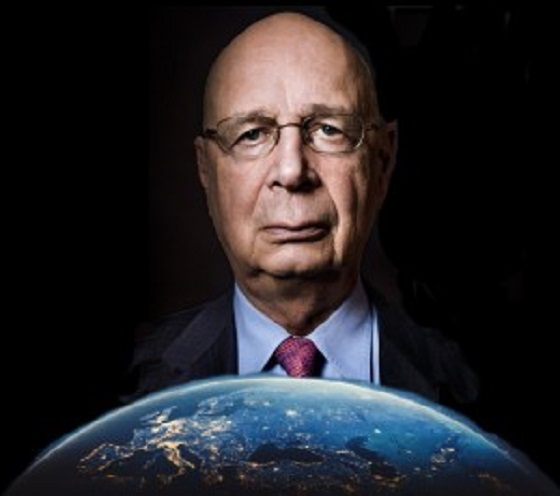
 Business1 day ago
Business1 day agoWorld Economic Forum Aims to Repair Relations with Schwab
-

 Alberta2 days ago
Alberta2 days agoThe permanent CO2 storage site at the end of the Alberta Carbon Trunk Line is just getting started
-

 Alberta1 day ago
Alberta1 day agoAlberta’s government is investing $5 million to help launch the world’s first direct air capture centre at Innisfail
-
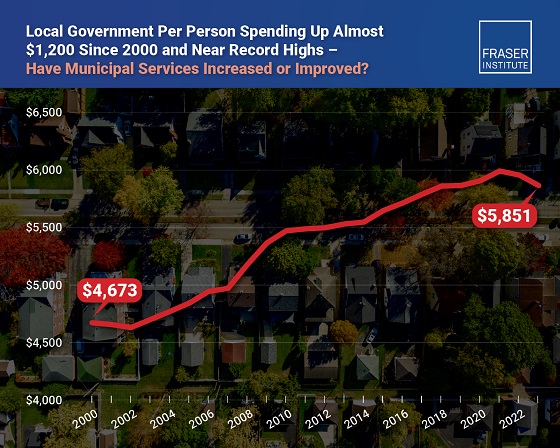
 Business2 days ago
Business2 days agoMunicipal government per-person spending in Canada hit near record levels
-
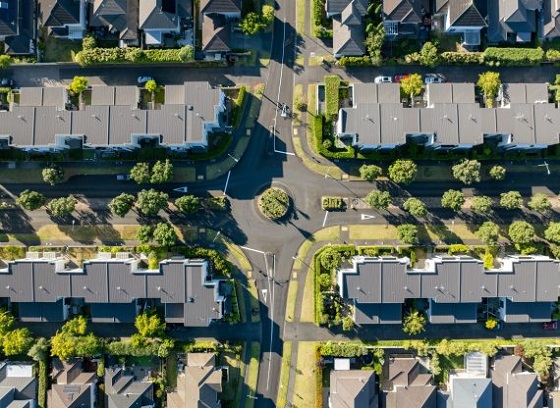
 Business1 day ago
Business1 day agoA new federal bureaucracy will not deliver the affordable housing Canadians need


















